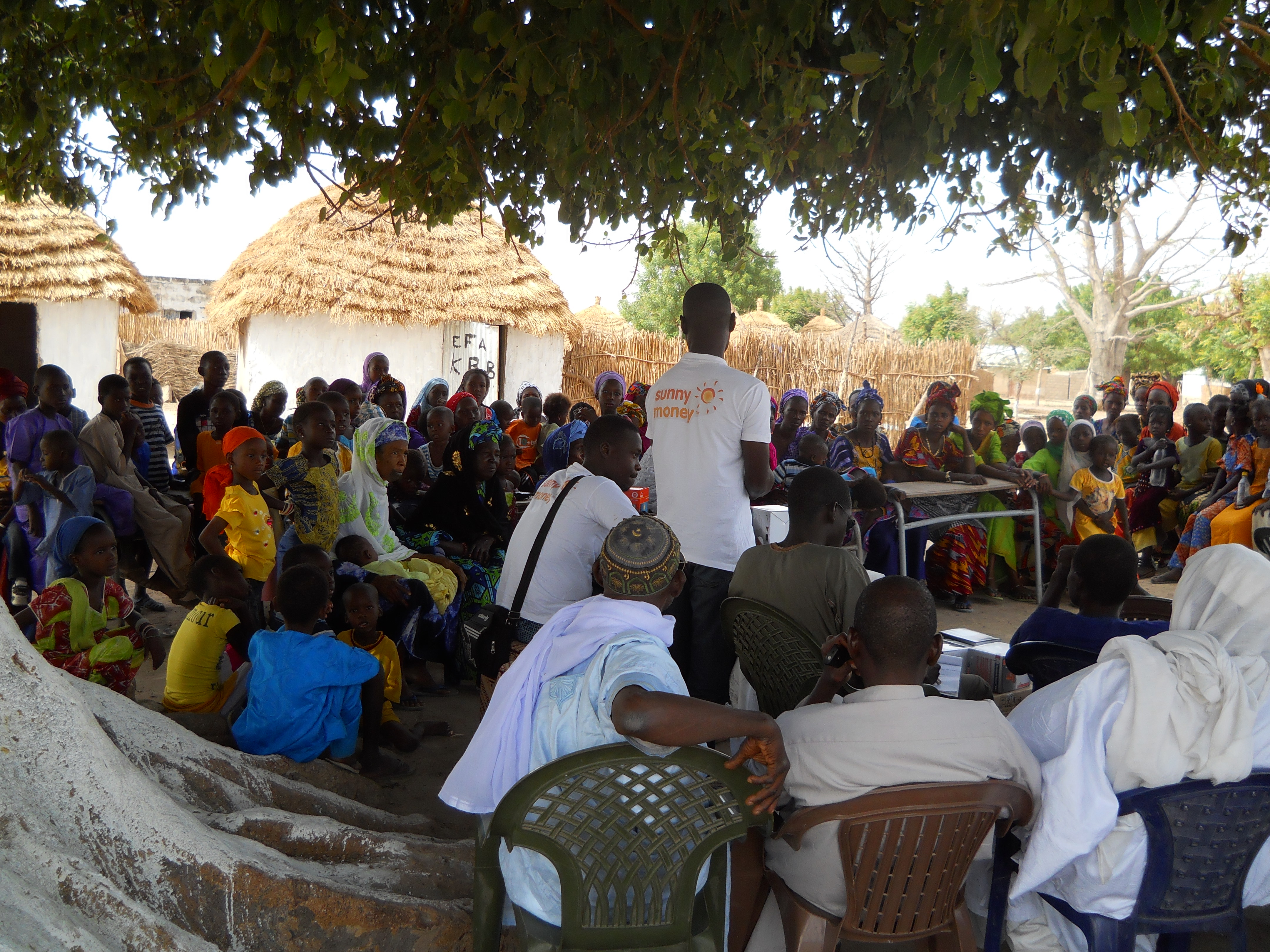DATABASE
The Light Library: providing access to renewable energy for education
completed
Country
Senegal
Budget
0 - 500.000 $
Year
2014
Issue
Solutions
Link
www.solar-aid.org
Abstract
The Light Library, a new distribution model designed by SunnyMoney meant that a library of solar lights was given to schools in rural Senegal to enable students to borrow the lights to study after dark. The model increased study hours, saved families money, and communities were more engaged in the school.
Project Description
SunnyMoney, UK charity SolarAid’s social enterprise, tested a new solar light distribution model in rural Senegal: The Light Library. This model was designed & delivered by SunnyMoney, funded by Lighting Africa (World Bank), & delivered in partnership with the Senegalese Rural Electrification Agency, & Ministry of Education. The Light Library is a donated set of solar lights given to selected public schools to enable students to borrow the lights to study after dark. The lights were donated to the Ministry of Education, are managed by the school & community, & provide access to, awareness of, & exposure to solar lights. With a token charge per night for borrowing the lights, the use of the library is available to all with the added benefit that the school can raise a small fund to replace the lights (at the end of their lifespan), add additional lights, or use for other school expenditure. All students have equal access to the lights. Whole families gained awareness of solar & the benefits through their use. The model was designed as a direct response to requests for a distribution model for solar lights that offered exposure to, & built awareness of, solar lights in order to help build trust & demand without undermining strategies to build a sustainable market for the sale of this technology. Nearly 5,000 solar lights were procured for the project, 58 schools selected & an estimated 55,000 people gained direct exposure to the solar lights through the Light Library project.
BENEFICIARIES
Children at rural schools in Senegal and their families, as well as teachers.
Results
The project resulted in increased community interaction with the school, including increased enrolment. 90% of parents interviewed said their child was studying for longer. All parents said they were saving money from reducing expenditure on alternative lighting sources. Funds from the Light Library were commonly used for food for students. SunnyMoney delivered its traditional School Campaign to test the effect on uptake; it was double in Light Library schools, compared to control schools. The Light Library also reduced the perception of risk; in Light Library schools the customers included lower-income families. On average, a SunnyMoney solar light user saves $70 a year, recoups the cost of the light in 10 weeks, their children study for an extra hour a night, nearly half experience better health from reducing use of air-polluting alternatives, & an estimated 200kg of CO₂ is averted each year. Based on baseline/follow up interviews with 1,464 customers.
Business Model
SunnyMoney created a Project Management Committee at the national level who inputted into project design & implementation & now oversee the running of the project. Local level Ministry of Education staff play a critical role in the monitoring & management of the Light Libraries at the local level. Each school had a community meeting so all were aware & engaged, schools were asked to create a Management Committee & identify a Librarian, as well as sign agreements to commit to the objectives.
Lessons Learnt
Partnership were key to success; enabling collaboration, learning, delivery & planning. Having direct access to schools enabled the public communication of the purpose & guidance for the project at each school; village leaders attended the meetings & their buy-in was key to the effectiveness of the project in the school community. Though the Light Library was clearly defined, there was some element of flexibility at the school level; there were certain ‘rules’ that were non-negotiable: the solar lights remained a public but there were certain elements that were up to the school - ownership & empowerment within the boundaries made for more effective & sustainable management of the project.
Key Feature
This innovative model was designed through partnership to test effectiveness as well as opportunity for scaling up and replicability. There was significant focus on ownership for beneficiaries both as participants to the Light Library project and as customers in the follow up School Campaign. There was a strong research, monitoring and evaluation element to the project because it was a new model; including baseline & follow up research activities with the public, observations at local markets, interviews with parents & teachers, and feedback from partners. Through learning and challenges overcome, a solid model has been developed that could easily be replicated and scaled up, potentially as a viable business model.
Other significant information
SunnyMoney made a decision to open-source our learning & guidance for the model to allow replication; we will make the tools & materials designed & developed for delivery of the project available for public use. A published Guide shares information on the design & delivery of the project. It shares the results of the evaluation as well as the lessons learned, challenges faced, & key issues addressed. The Guide draws conclusions on the usefulness of the model in building a sustainable market for improved access to, & availability of, solar products, & offers guidance & recommendations for governments, private-sector, practitioners, policy-makers & donors considering using, implementing, promoting or funding the model. The governments of Mali and Burkina Faso are looking to deliver Light Libraries in their countries to reach children in rural schools.
Main Donor
Lighting Africa (World Bank)
(International agencies)
Implementing Actor
SunnyMoney (SolarAid's social enterprise) (NGOs)

